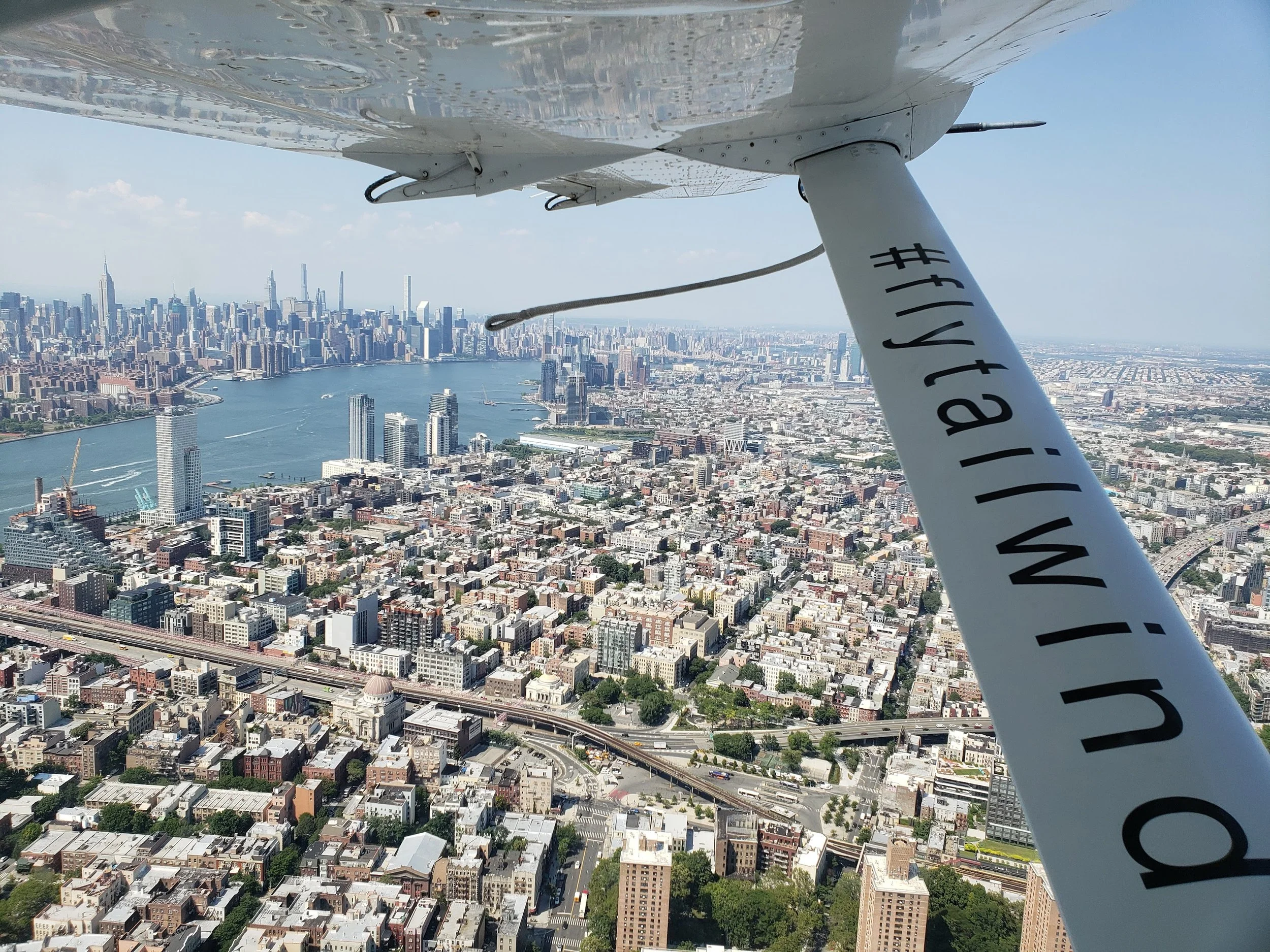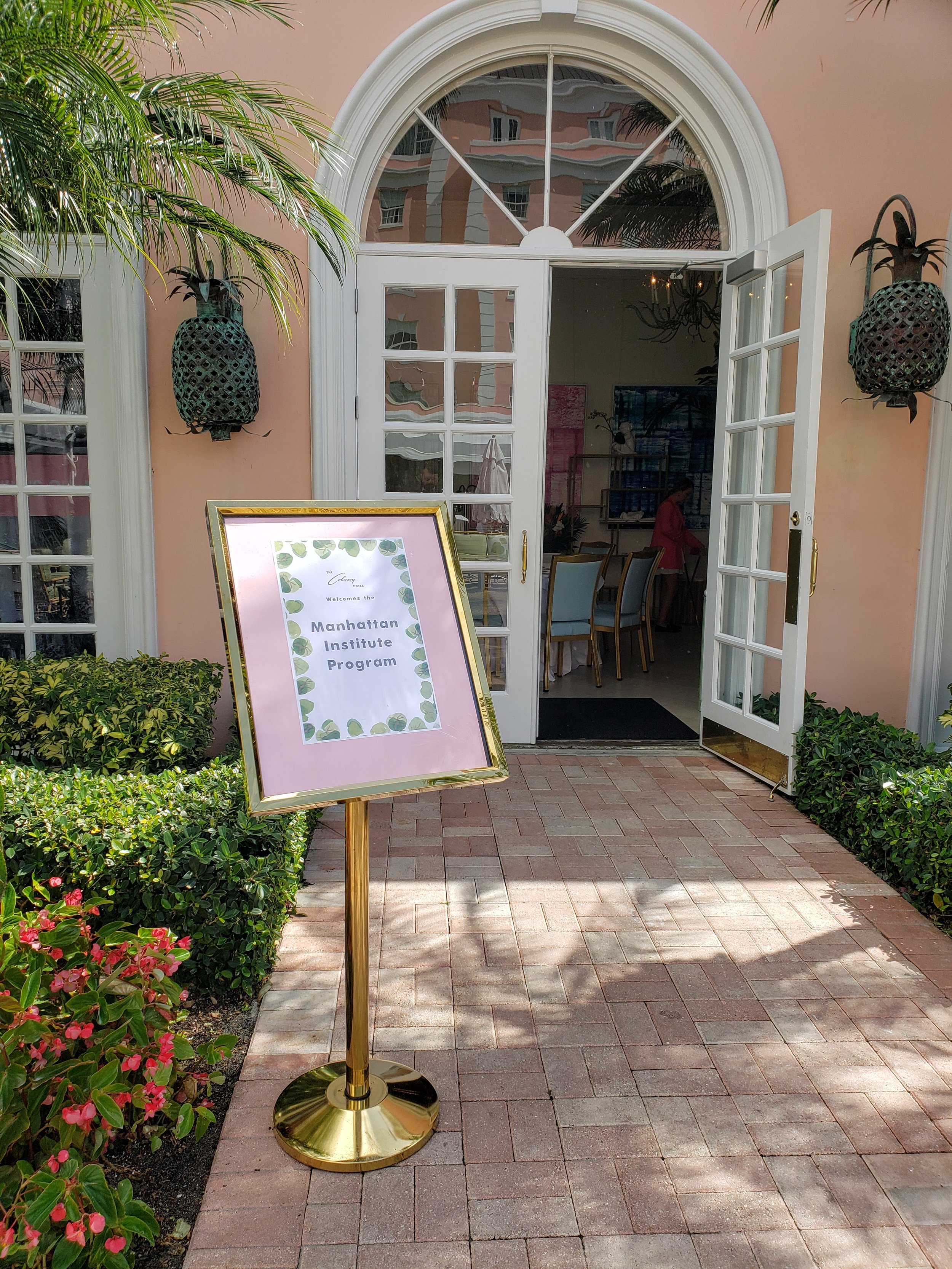THE SPECTATOR WORLD EDITION, October 2022
In the awfulness of LaGuardia Airport, one terminal stands out as a reminder of better days
In the awfulness of LaGuardia Airport, the small 1939 Marine Air Terminal stands out as a reminder of earlier and better days. Today it is arguably the oldest American airport terminal in operation. Shuttered for decades, the building was resurrected by the Pan Am Shuttle in the 1980s, then the Eastern Shuttle, then the Delta Shuttle, and most recently JetBlue. Here was a terminal made for commercial aviation before the age of the “airbus.”
You might miss the Daily Planet details of the main hall if you only pass through the side door. Designed by William Delano of Delano & Aldrich, the terminal connects the classicism of the Beaux-Arts with the thrust of Art Deco. A 1942 WPA mural called Flight, by James Brooks, wraps around the interior to depict the grand history in which we are about to take part: from Icarus to da Vinci to the Wright Brothers to us. And just outside, originally, was not a runway but a dock.
There is a reason why LaGuardia Airport is located next to Long Island Sound: it was New York’s point of embarkation for what proved to be the final golden years of the seaplane. The luxurious Pan-American Clippers, those world-encircling “flying boats” with dedicated staterooms, dining rooms, lounges and on-board chefs, at one time lifted off here from Bowery Bay for Lisbon and points beyond — like the flying fish that decorate the terminal’s architectural frieze.
While the clippers are long gone from the airport that bears his name, Mayor Fiorello La Guardia ensured there was more than one aquatic hub in his metropolis. In 1936 he commissioned another small “seaplane base,” this one in the heart of the city at 23rd Street and the East River. Once it was completed, he argued, New York’s airmail could travel from Brooklyn’s Floyd Bennett Field to the branch post office on Lexington Avenue in under twenty minutes.
The mail service is no more, but the dock remains as the city’s last operating terminal for seaplanes. It doesn’t look like much from the outside. A 1962 parking garage via Robert Moses, with a control-tower folly on the roof, is today the only outward sign this is something more than a marina for party cruises. Two transportation companies, Blade and Tailwind, are now using it as originally intended. For these pilots flying out of “New York Skyports Sea Plane Base,” as it is now known, there is no hangar, no tower, just the instructions to taxi out 1,000 feet and “not to fly over the 59th Street Bridge.” With the East River as their natural runway, the airlines promise the “fastest way in and out of Manhattan.”
I like small boats. I also like small planes, the kind that ask for your weight before assigning your seat. So the eight-passenger Cessna Caravan “amphibious seaplane” operated by Tailwind sounded right to me as I was offered a flight to East Hampton. Tailwind began running regular seaplane service here last year by promising a return to the elegance of the Clipper era. Edmond Huot, who designed Tailwind’s “brand experience,” says he looked to the feel of the old Marine Air Terminal: “I am always trying to weave that nostalgia into the present day.” With no security lines, patdowns, or rush-hour traffic to contend with, Tailwind passengers are simply advised to arrive no less than ten minutes before departure. Tickets to Boston from New York go for $395, the South Fork from $695, and Provincetown from $799. You could also charter these birds to land on a Maine lake to pick up your kids from summer camp.
On the day of my departure, I took a Citibike to the base. Tied up on the floating dock just outside, the Cessna is more like a nimble water-skier than a flying boat. “We gotta go,” the pilots said, and suggested I watch my head on the wing. I walked onto one of its two pontoons, climbed a short ladder to the cabin, and took a seat behind the two pilots. We taxied out into the open waters of the East River, turned right, and gunned the engines, bouncing along the waves. A moment later we were airborne. The downtown Manhattan skyline dropped away in full splendor from the right windows. A quick pivot left around the Williamsburg Bridge and we were off.
Much like the old Clippers, with a range of a mere 400 miles, these planes might make an unexpected stopover or two. The day before my departure, Tailwind emailed to say my flight would need to make a “quick stop to drop off passengers in Shelter Island.” I then read the fine print: “*Flights to/from Shelter Island include a boat transfer from the beach (Sunset Beach) to the seaplane… Please be aware that you may need to remove shoes and get your feet wet while entering/exiting the boat launch out to the seaplane.”
After thirty minutes or so of cruising at 5,000 feet above Long Island Sound, we fluttered down to Shelter Island’s Peconic River by Pipes Cove. With the weather approaching 90 degrees, I thought of dipping my toes during the layover, but a launch boat had already rafted up to pick up the passengers. A moment later we were airborne again for a final, five-minute jump. When it came time to touch down on the tarmac at East Hampton, this time on the seaplane’s retractable wheels, the terrestrial landing seemed almost anticlimactic. Compared to the modern clipper, even the tony East Hampton airport, with its helicopters and jet planes, feels like economy-class commuting.








